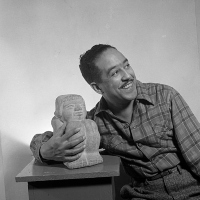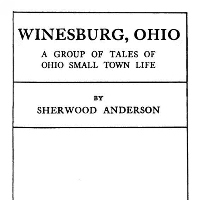The Langston Hughes’ poem “Dreams” provides students with a great opportunity to contemplate a person’s ability to pursue their own happiness. Without dreams, the poet states, our existence is merely “a broken-winged bird” or “a barren field.” If one just …
I like to have my students read an informative text about the 2010 happiness research from Princeton University, first shared by National Public Radio, which states that money can buy happiness, but only up to a certain income level– about …
Happiness is something that everyone wants. Sometimes, though, our imaginations create anxiety and actually prevent us from experiencing happiness. We make things worse than they actually are because of what we create in our minds. Yet, at other times, it is our actual experiences that create our suffering and our imaginations either magnify or diminish their importance. The power of the imagination is unique to each individual and can be a source of our happiness or despair.
When bad things happen, students have choices to make on how to protect themselves. Some choose to fight back against the people or events which caused them pain, thinking that they have the power to change the world into something better. Others recoil and focus on changing their internal attitude, hoping that by doing that, they can maintain happiness no matter what happens. The wisdom for what to do in different situations comes with experience.
When many kids talk about strategies for living a happy life, they often talk about goals, like getting a great job or becoming famous. If they reach that goal, then that’s clear evidence of success and deep satisfaction for having pursued something to completion. But what about the relationships we build? They also shape our happiness in a meaningful way but don’t always have end goals. Sorting what makes a person truly happy is very challenging work.
When bad things happen, students have choices to make on how to protect themselves. Some choose to fight back against the people or events which caused them pain, thinking that they have the power to change the world into something better. Others recoil and focus on changing their internal attitude, hoping that by doing that, they can maintain happiness no matter what happens. The wisdom of what to do in different situations comes with experience.
Using the classic American novel The Great Gatsby to explore the themes of disillusionment and the American Dream, I want students to really dig into the characters and their motivations to gain an understanding of the tragedy that is unfolding …
When teaching economics and the concepts of supply and demand, students can often struggle to understand why demand, in many cases, continues to rise. The conversation surrounding happiness inspired by Diogenes offers a simple way to look at continued demand …
While Sherwood Anderson’s Winesburg, Ohio depicts small-town America through the lens of the Lost Generation, filled with feelings of disillusionment, uncertainty and loss, student’s today can identify with the struggles of his small-town characters, especially George Willard. These students are …
I’m getting ready to teach the Great Gatsby by F. Scott Fitzgerald and I want to focus on happiness. I could use the Diogenes conversation right before introducing the novel to get the kids thinking about the meaning of happiness. …
Zora Neale Hurston’s Their Eyes Were Watching God is a perfect novel to use to study happiness. The main character spends a great deal of the novel in unhappy situations. After a study of the novel, I would use the …
Bridge to Terabithia by Katherine Peterson offers one of the most poignant stories of friendship available in children’s literature. Two friends, Jess and Leslie, find each other and become friends during a time when they both need companionship. Though their …














